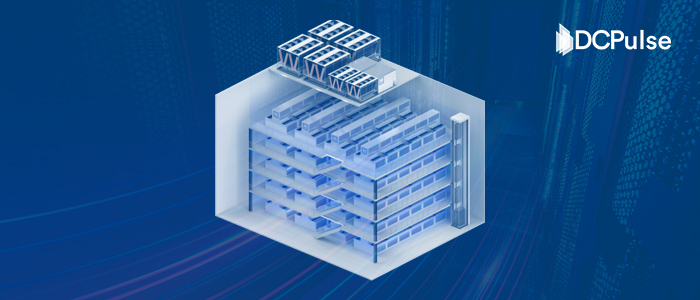From modular builds to extreme cooling and unmatched density, Air2O’s design and other recent innovations show where rack assembly is headed.
Racks used to be the least surprising part of a data center, steel skeletons bolted to the floor, quietly holding servers until the day a forklift carried them away. Now they’re becoming active infrastructure. The latest designs don’t just store equipment; they move, stack, cool, and scale in ways their predecessors never could.
One of the boldest examples comes from Air2O, a company better known for precision cooling, now turning its engineering toward the rack itself.
As CEO, Mike Sullivan puts it, “The one sentence I really hate is, ‘We’ve always done it this way.’ Just because we’ve done something one way for a hundred years doesn’t mean there’s not an alternative.” This mindset underpins Air2O’s radical rethinking of rack architecture.
Its High Thermal Density Air-Cooled Rack Assembly is a modular, stackable system built to handle extreme loads in minimal space. Each 42U unit is arranged in a horizontal format, and multiple units can be stacked vertically to expand capacity without expanding footprint.
At its core is a dual chilling system: the first stage cools incoming air to roughly 18°C (65°F), while the second re-cools exhaust air from about 40°C (105°F). In optimal configuration, the design can deliver up to 40 megawatts of IT capacity in just 4,305 square feet, more than six times the density of some of today’s largest hyperscale facilities.
For operators, that kind of compactness doesn’t just save floor space; it could redefine how and where high-performance data centers are built, especially in urban or resource-limited sites.
Air2O’s innovation is part of a wider movement. Across the industry, engineers are rethinking the humble rack, turning it from a static frame into an integrated platform for power, cooling, and scalability.
Modularity: Building in Blocks
Air2O’s stackable rack concept takes modularity to an extreme. Each 42U unit is built in a horizontal layout, and multiple units can be stacked vertically to meet capacity needs without reconfiguring the entire data hall. This design turns expansion into a building-block exercise, adding more capacity is as straightforward as adding another stack, and avoids the downtime that comes with large-scale construction.
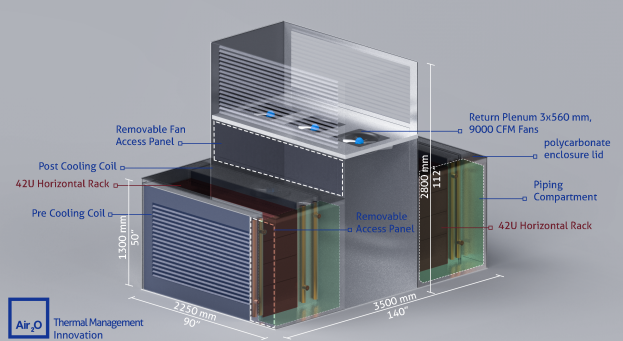
Another take on modularity comes from Vapor IO’s selective-access rack patent.
Founder Cole Crawford envisions a future where racks are not just physical structures but intelligent systems: “We need to generate an abstraction layer that allows you to talk to your rack and your data center much more holistically.” This philosophy drives Vapor IO’s compartmentalized, secure rack designs.
Instead of stacking, it divides a single rack into secure compartments, each with its own movable barrier and locking mechanism.
This allows technicians to service one section without disturbing or exposing the others, a valuable feature in multi-tenant or high-security environments.

Power delivery is also being reimagined for modular deployments. A patent from M.C. Dean describes a modular support rack system with built-in connectors that allow electrical power to be distributed in series across multiple racks. This eliminates the need for separate power cabling to each unit and makes it easier to scale infrastructure in phases.
CEO, Bill Dean, emphasizes the importance of pre-planned modularity: “We want to implement 3P for all jobs in the future before project kick-off to ensure alignment across teams and the best results for customers.” This lean approach streamlines deployment and scaling.
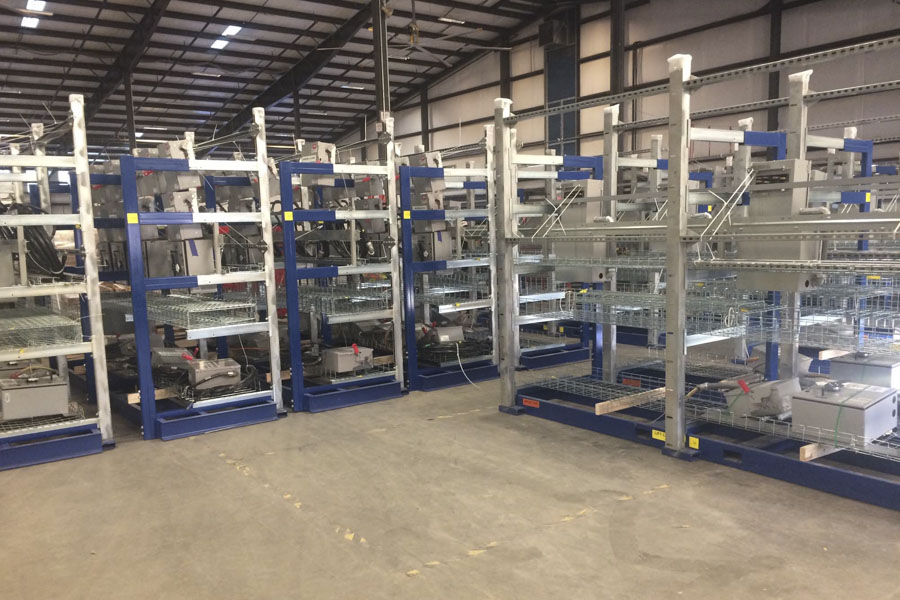
Together, these approaches show that modularity is no longer just about swapping out components. It’s about designing racks as scalable, self-contained units that can be deployed, expanded, or serviced with minimal disruption.
Cooling Efficiency: Winning the Thermal War
As rack densities increase, cooling becomes the deciding factor in how much compute a system can handle.
Air2O’s High Thermal Density Air-Cooled Rack Assembly tackles this head-on with a dual chilling system. The first chiller stage drops incoming air to about 18°C (65°F), while the second re-cools exhaust air from roughly 40°C (105°F). For extreme workloads, the design can integrate direct-to-chip liquid cooling, pushing capacity up to 600 kW per rack stack.
This layered thermal strategy means Air2O can sustain power densities that would overwhelm traditional air-cooled racks.
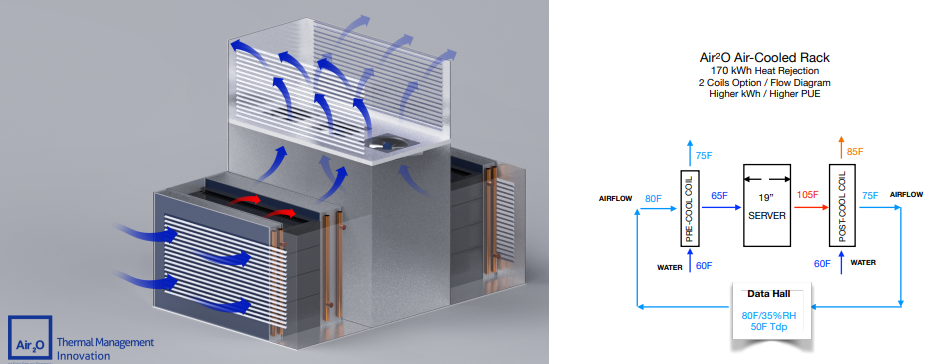
IBM has approached the cooling challenge from another angle. A recent patent describes an adjustable rack housing that can be raised or lowered to improve airflow from underfloor cooling systems.
As the patent explains, “The repositioning of devices within the rack housing allows for adjustable air volume, optimizing cooling efficiency based on real-time data.” This dynamic airflow strategy enhances cooling without increasing energy use.
By optimizing the path that cold air takes into the rack, IBM’s design aims to maximize cooling efficiency without increasing energy use.
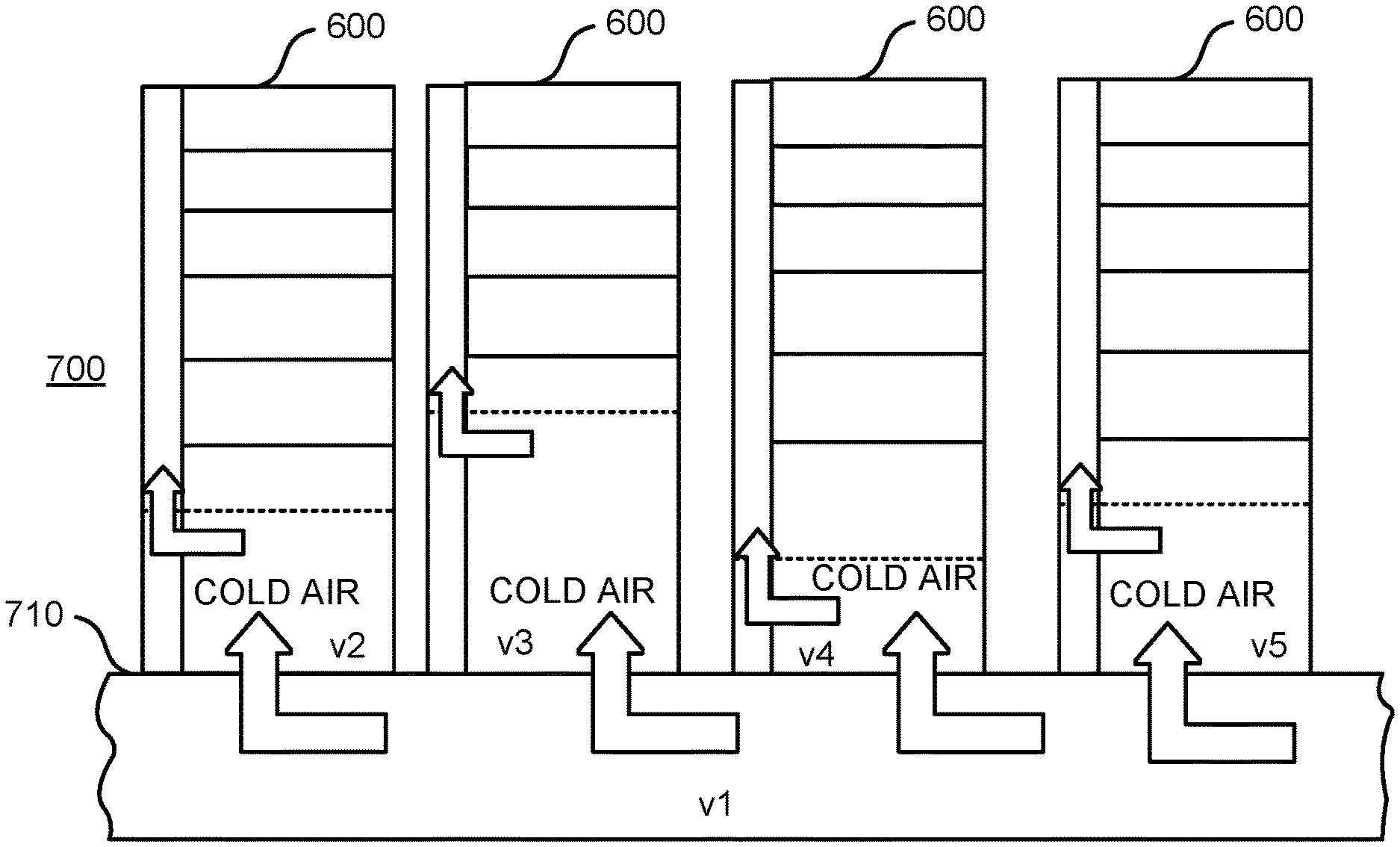
Inventec’s patent for a stretchable frame with an internal baffle focuses on precision cooling. The baffle directs airflow exactly where it’s needed, to network switches or high-heat components, improving thermal stability and reducing the risk of hotspots.
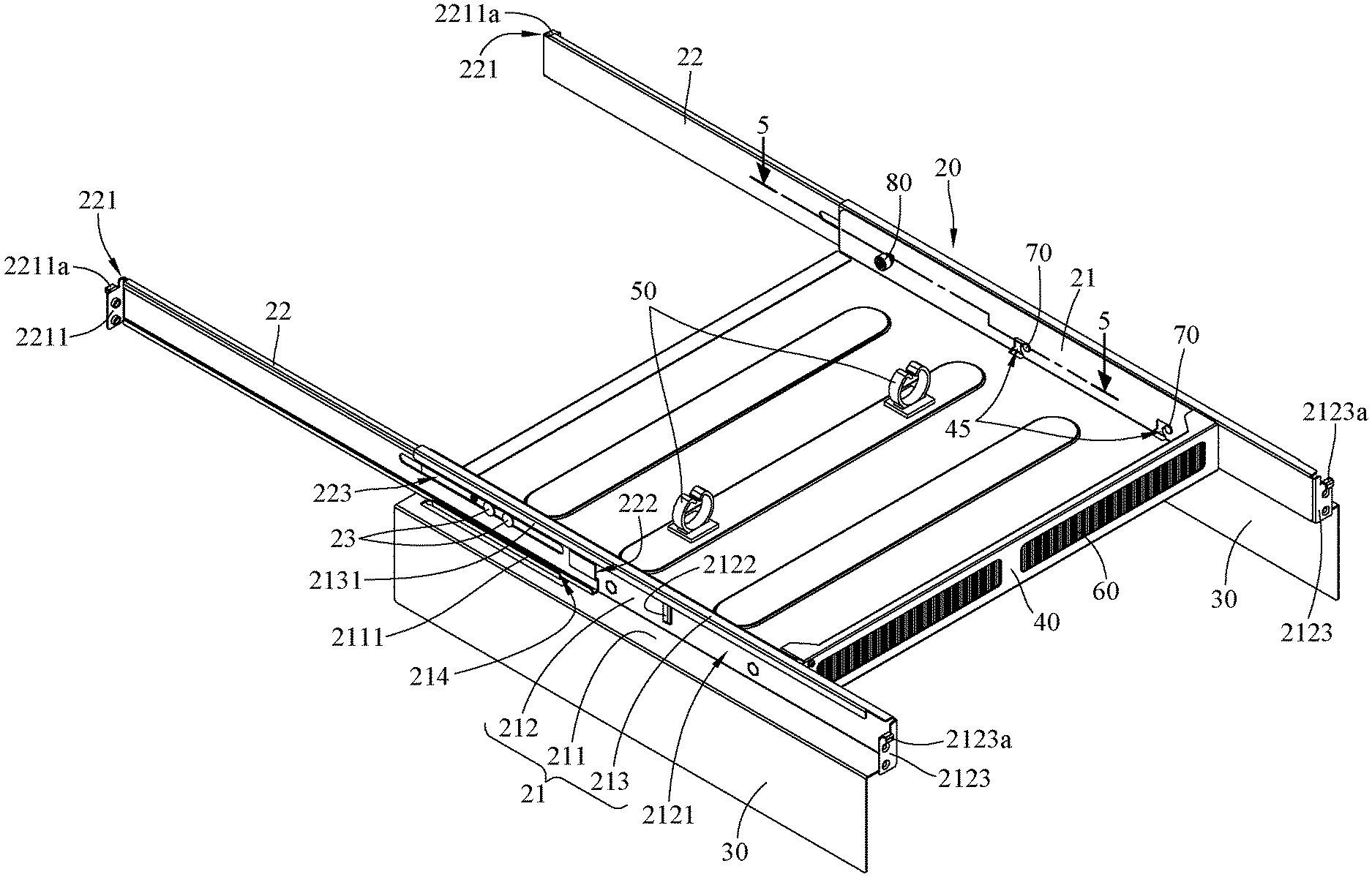
These designs highlight a broader truth: cooling is no longer just a facility-level challenge. The rack itself is becoming an active part of thermal management, engineered to handle the heat loads of next-generation computing.
Scalability & Space Optimization: Doing More in Less Space
Air2O’s stackable design is as much about space as it is about cooling or modularity. In its optimal layout, a 16 m × 25 m × 20 m room could hold up to 120 stacked modules, delivering 40 MW of IT capacity in just 4,305 ft². That’s more than six times denser than some of today’s large-scale data centers in cities like Madrid.
By compressing so much compute into such a small footprint, Air2O opens the door for high-performance deployments in locations where space is at a premium.
Other inventors are exploring different geometries to achieve similar gains. One patent describes wedge-shaped racks arranged in a cylindrical layout around a central cooling core. This configuration optimizes airflow distribution and maximizes use of available floor area, a very different physical approach, but aimed at the same outcome: packing more capacity into less space while maintaining thermal balance
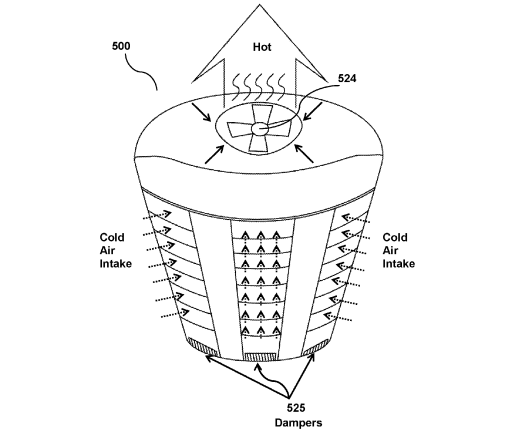
Whether through vertical stacking or unconventional layouts, these designs show that scalability is no longer just about adding more racks; it’s about rethinking the very shape and arrangement of those racks to make every square foot count.
The Convergence of Design Goals
Air2O’s High Thermal Density Air-Cooled Rack Assembly stands out not because it solves one problem, but because it addresses three at once: modularity, cooling efficiency, and scalability. Its design shows that the future of rack assembly is not about chasing a single performance metric; it’s about integrating multiple capabilities into a single, deployable unit.
The supporting innovations tell the same story. From Vapor IO’s compartmentalized access racks to IBM’s airflow-optimized housings, Inventec’s targeted baffle cooling, and experimental cylindrical arrangements, the industry is converging on a new philosophy: the rack itself can be an engine for performance, efficiency, and density.
As AI workloads grow and energy constraints tighten, these multi-dimensional designs may define the next generation of data centers. The static steel frames of the past are giving way to dynamic, engineered systems, where every element, from the power bus to the airflow path, is optimized.
In this new landscape, the rack is no longer just a container for technology.
It is the technology.
